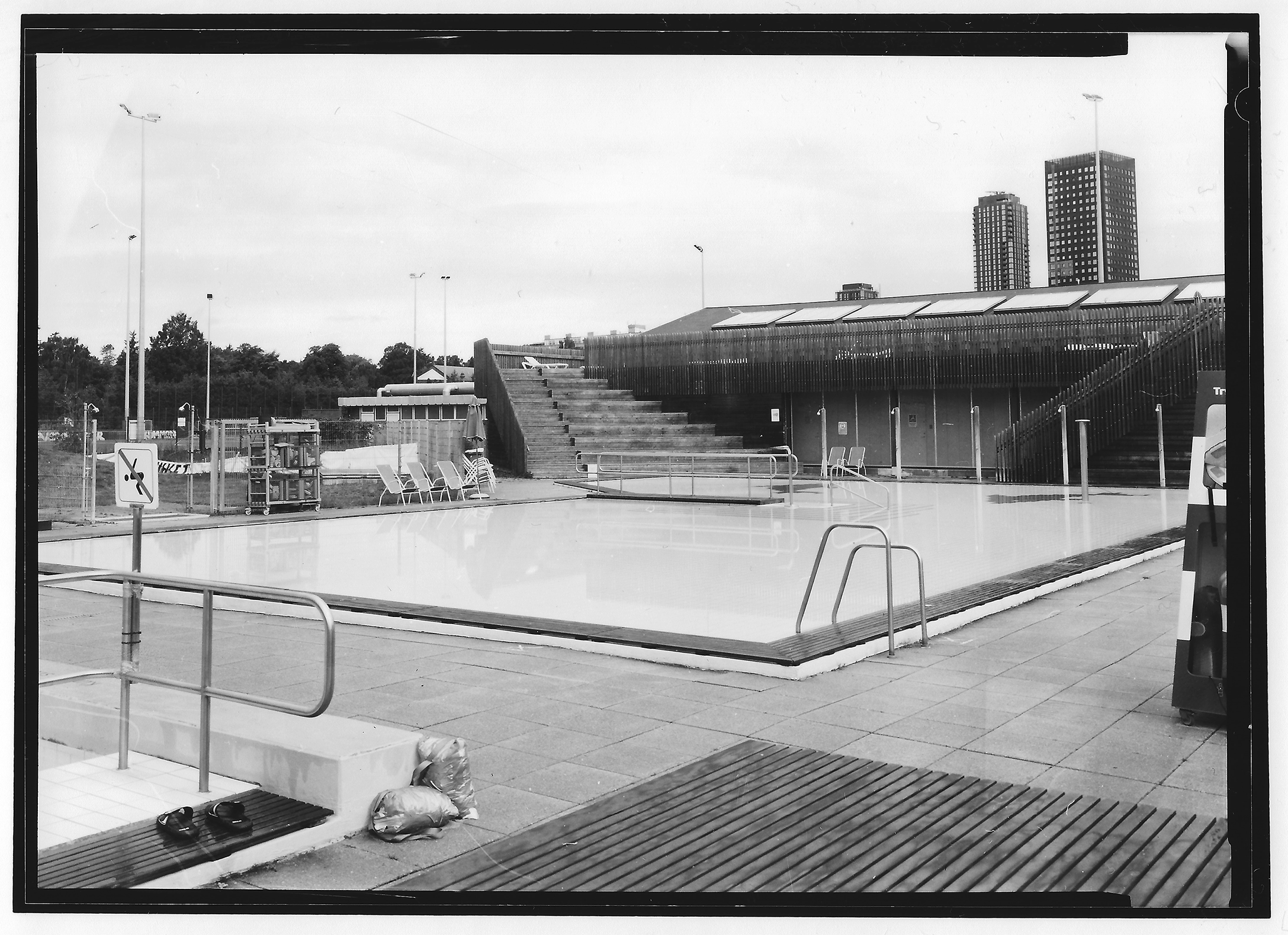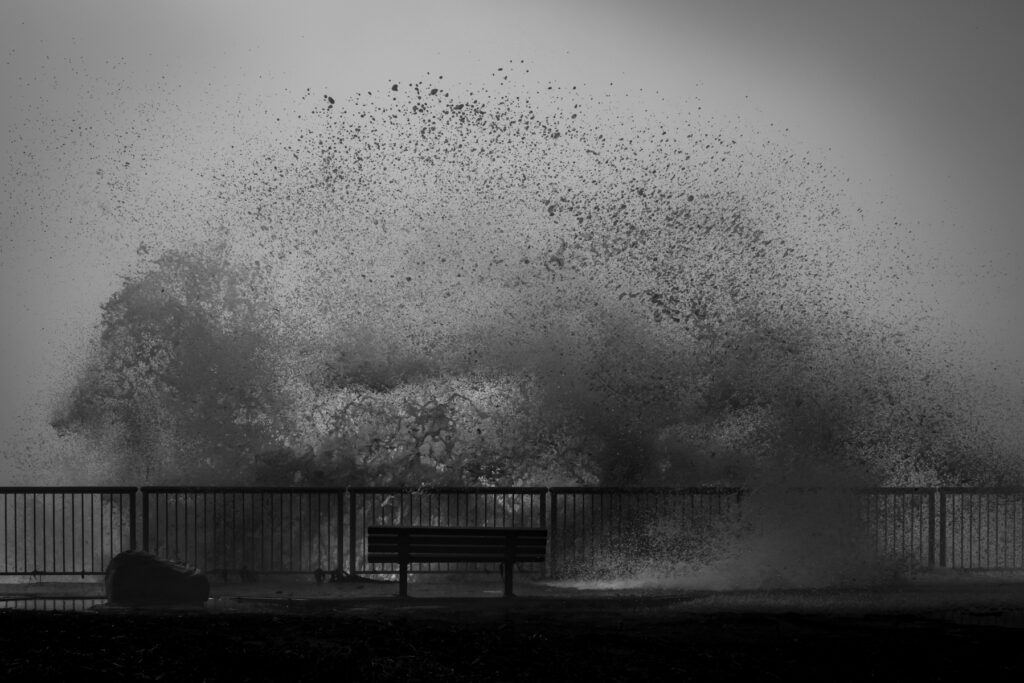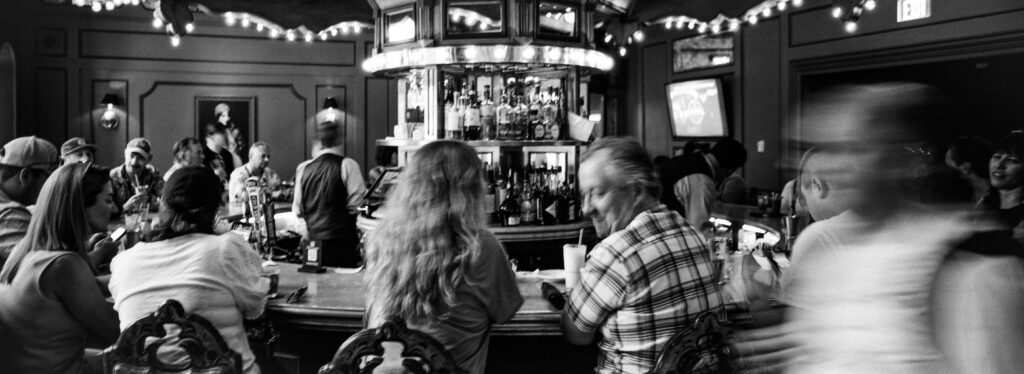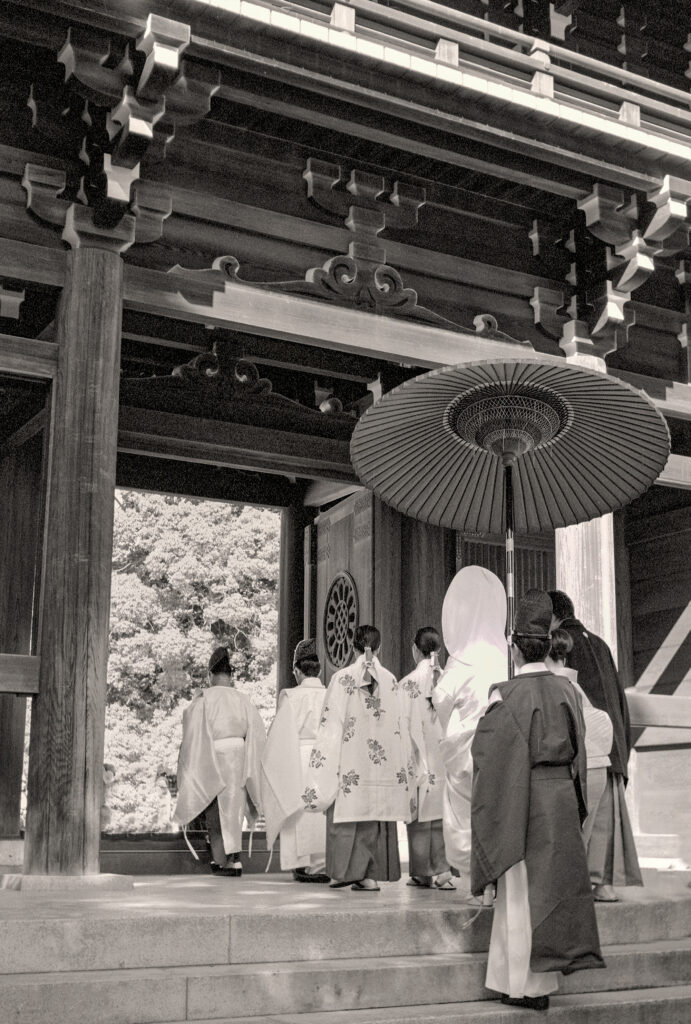My journey into photography started when I was about 7 years old, in the early 80s, when I got a very simple Agfa Instamatic sensor camera (it took 126 film) as a gift from my aunt, a professional (as in, craftsman) photographer. While I instantly got hooked on the magic of being able to capture strange moments in time, I wasn’t an awfully prolific photographer then and it would take years until I started taking photographs more regularly. However, back in the days, one could learn to develop film and do darkroom-printing in my school, which (in 5th grade) really fired my interest and fascination.
I slowly got the hang of it and graduated from a later Minolta autofocus point-and- shoot through a Ricoh XR20-SP to an Olympus OM-1 (still have it and still shoot with it) to my first all-manual medium format camera -a Salyut type 3a “Hasselbladski” I bought in the mid-90s. That one became my true everyday camera and I probably shot hundreds of rolls of film with it, wrestling with mechanical issues of the camera just as much as with the learning curve of producing well-exposed and interestingly-composed negatives with, at best, a shoddy handheld light-meter, but really mostly the sunny16-rule. Due to my not always strictly methodical approach, it took me longer than needed to get to be able to produce usable negatives more or less predictably.
The very early 00s were a time when one could sell a reasonably complete set of Russian lenses and said Ukrainian camera (equipped with a more modern cloth-shutter replacing the old jammy metal thing) and for not too much more, buy bits and pieces of what would soon become a very nice Mamiya RB67 kit (before it became “hipster mainstream” I might add). I still have that kit and will only part with it falling victim to acts of unspeakable violence.
So, the trend through the decades was, bigger negative sizes, less automation, more sources of error (dark-slides, mirror-ups, weird compositions “aided” by rotating backs accidentally not rotated). This recently culminated in my buying a Rittreck View Camera, which came with two Topcor lenses (5.6/90 and 5.6/210) and two backs (in 5×7 and 4×5). Have I mentioned that I sometimes tend to be less than methodical? Well, large format is the ultimate challenge to that mentality. The fact that both camera and film are new to me -I’m getting to know Fomapan 200 now, while on 120 and 135 film I am almost exclusively using HP5- makes for two nerve-wrecking learning curves at once.
The only chance of successfully operating a large format camera is by following a strict ritual IN ALWAYS THE SAME ORDER, at least for me. Find motive -> choose back orientation -> open shutter -> compose -> focus -> maybe use movements -> if necessary, recompose -> refocus -> rinse and repeat until happy -> meter -> adjust speed and aperture -> CLOSE SHUTTER -> insert film holder -> cock shutter -> TEST SHUTTER (if anything to find out that it is closed) -> recock shutter -> maybe check meter again and maybe re-adjust shutter speed and aperture -> NOW pull dark slide -> fire shutter -> reverse dark slide and put it in. This process is making it all but impossible to take photographs of animate subjects (even super-relaxed longhorn cows suddenly seem almost frantically hectic; horses? Forget it!).
Me not adhering to that ritual, or even while knowing better, trying to capture said frantic cows or other lightning-fast subjects, in conjunction with not knowing Fomapan 200 AT ALL made for about 15 totally unusable sheets of film until I finally decided to, a) more or less properly test the film (I used this approach to put 8 zones on one sheet of film info here), and b) be a little more meticulous with the spot meter and c) shoot something that does not move at all.
The result is this one shot. Fomapan 200 @ ISO 80, Fujinon W 5.6/210, developed (as ISO 200) in Rodinal 1:25. Then contact printed onto REALLY old “Work by Tetenal” pearl paper (fixed grade 4, but who knows what this means now 30 years after the fact), developed in Adotol Konstant. I had originally printed it on glossy Ilford Multigrade RC with grade 2.5, and the result is beautiful; but the glossyness made the picture hard to reproduce for online purposes.
Now, I’ll wholeheartedly agree to anyone claiming that “Art, this is not!”. And it is still showing obvious glaring mistakes such as the weird rectangular fogging, visible in the upper left corner and leading upwards top the left from the left skyscraper, that probably occurred while either unloading the sheet or developing it in a tray. The development is uneven in the lower right part as well. I could/probably should have corrected the alignment of the skyscrapers. All true. BUT… it’s a usable negative. It’s dense and has lots of tones. It’s sharp. It prints nicely with minimum, if any, adjustments to contrast. For me at my stage of large photography klutziness, that’s a win.
Share this post:









Comments
Gary Smith on Shooting LF – Trying the Ultimate Inanimate Subject First – A One Shot Story
Comment posted: 07/08/2024
Comment posted: 07/08/2024
M.I. Droz on Shooting LF – Trying the Ultimate Inanimate Subject First – A One Shot Story
Comment posted: 07/08/2024
Comment posted: 07/08/2024
Hurin3 on Shooting LF – Trying the Ultimate Inanimate Subject First – A One Shot Story
Comment posted: 07/08/2024
Daniel Castelli on Shooting LF – Trying the Ultimate Inanimate Subject First – A One Shot Story
Comment posted: 08/08/2024
David Hill on Shooting LF – Trying the Ultimate Inanimate Subject First – A One Shot Story
Comment posted: 08/08/2024
Mark Ellerby on Shooting LF – Trying the Ultimate Inanimate Subject First – A One Shot Story
Comment posted: 09/08/2024
Well done for doing the large format thing. I fantasize about it sometimes but I'm afraid I'm too scatterbrained to do all the steps right and in the right order.